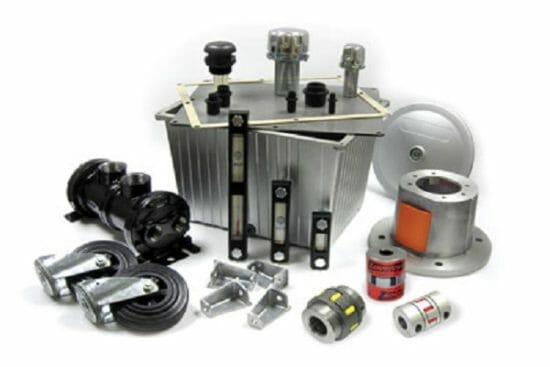No data found for Custom Course Number
No data found for Custom Course Units
Intended Audience: Mechanical & Civil Engineers
Credits: 6 PDH Units
Fluid systems involve the use of fluids to transmit and multiply force. The basic hydraulic unit for this purpose makes use of various hydraulic components such as reservoirs, actuators, filters and accumulators. It also involves the use of diverse types of controls including pressure control and valves, flow control, directional control and solenoids. In this 6-hr course, the reader will be introduced to five chapter’s covering---- the theory, concepts and modes of operation of hydraulic components and provides an understanding of how common hydraulic components function and interact with each other. This course material is based entirely on the NAVEDTRA NONRESIDENT TRAINING COURSE 14105 titled “Fluid Power”. In part -III, the reader will be introduced to chapters 8 thru 12. Chapter -8: Measurement and pressure control devices Chapter -9: Reservoirs, strainers, filters, and accumulators Chapter -10: Actuators Chapter -11: Pneumatics Chapter -12: Basic diagrams and systems
Learning Objectives:
At the successful conclusion of this course, you will learn the following knowledge and skills:- Learn the operation of devices used to measure and regulate the pressure of fluids and to measure the temperature of fluids.
- Describe the functions of reservoirs, strainers, filters, and accumulators, and their uses in fluid power systems.
- Learn the types and operation of actuators used to transform the energy generated by hydraulic systems into mechanical force and motion.
- Learn about pneumatics, the characteristics and compressibility of gases and the most commonly used gases in pneumatic systems.
- Learn the safety precautions and the potential hazards of compressed gases.
- Understand the types of system diagrams encountered in fluid power systems.
- Understand how hydraulic components are combined to form and operate together as a system.
Once completed, your order and certificate of completion will be available in your profile when you’re logged in to the site.










